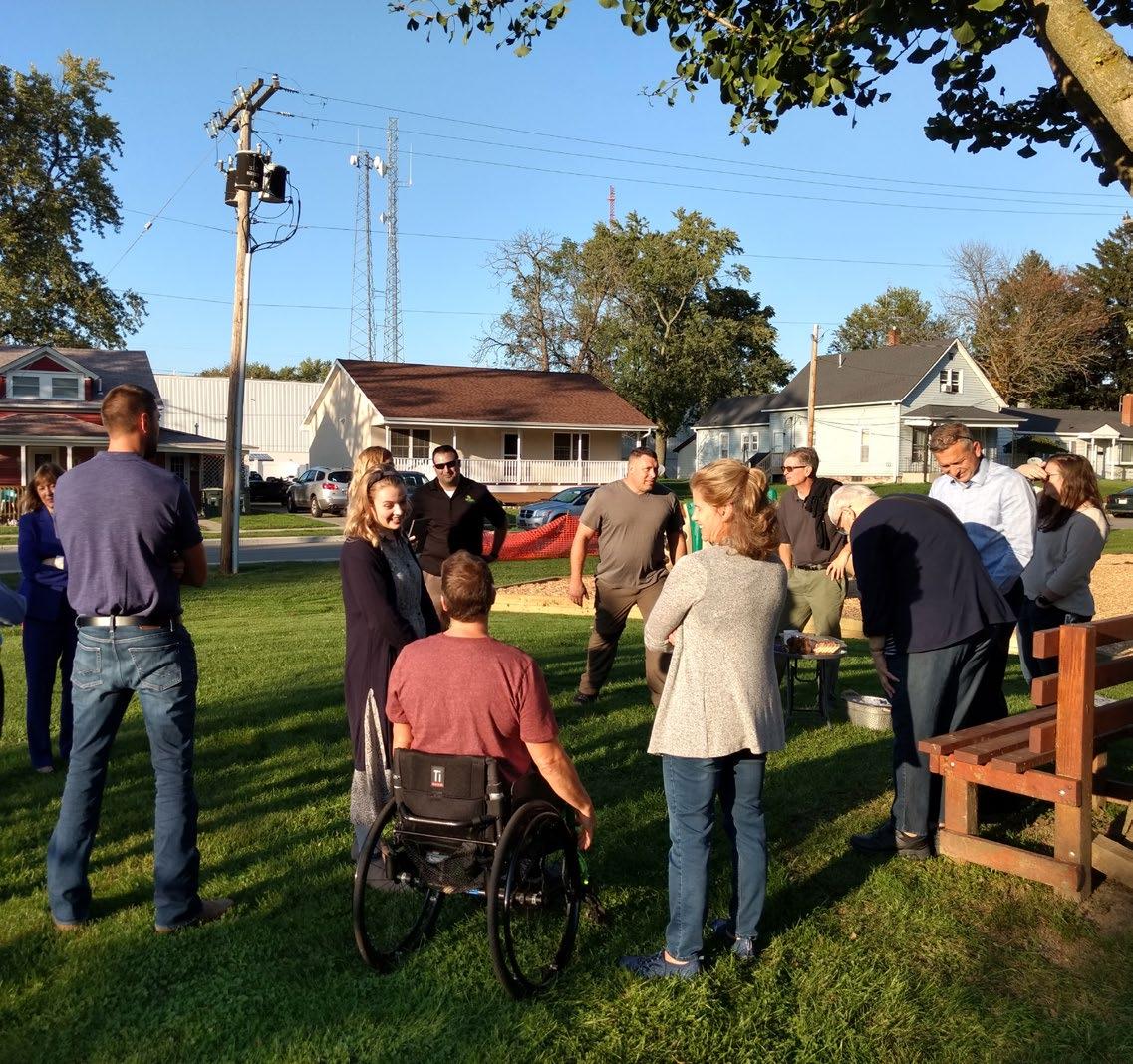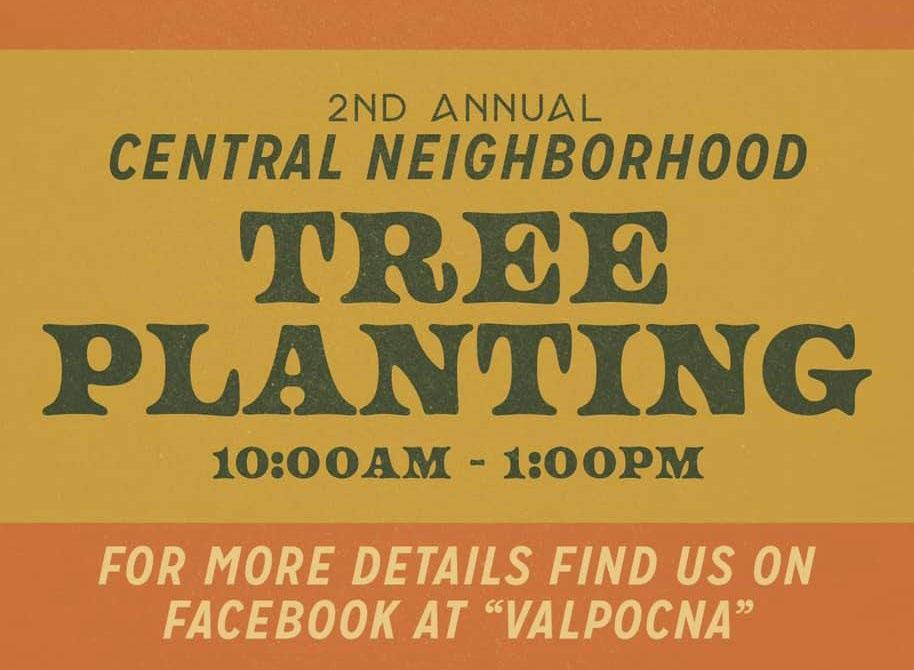
3 minute read
Managing Group Dynamics
Organizers of neighborhood groups must thoughtfully balance group dynamics to remain effective. It’s important for organizers to maintain a “we” before “me” attitude when it comes to setting goals and visions. Practicing this attitude and promoting the goals of group, builds an environment in which people are included and empowered. Each person is a meaningful part of the group and its success.
When a group of people come together, research shows that they go through four stages as the members get to know and work with one another. These stages are gathering, chaos, unity and performance (also known as forming, storming, norming and performing). While each stage is distinct, a group may move in and out of them in no particular order. The chart below illustrates how a group becomes an effective team by learning to work together, and strategies for an organizer to help a group move effectively through them.
Advertisement


Feeling Why am I here? How will I fit in? What are we trying to do? What can I contribute? How will we do it? We can do it! We did it! What’s next?
Description
Organizer Strategies Feelings and questions drive behavior. The group makes little progress, if any. This is normal. The group work is about the relationship.
• Welcome, comfort, structure • Introductions, nametags • Acknowledge individuals new and old • Clear expectations and directions • Invite questions • Allow all to be heard • Level the playing field The group begins to generate energy. The energy will spark creativity and/or be wasted in conflict. The group works to get through chaos and identify shared goals. The focus is on relationship and task. • Build common ground/meaning • Model active listening • Personal stories and perspectives • Clarify purpose, goals • Identify gifts and talents of group members • Accept/manage conflict • Communicate often As the group settles down, it turns energy into a plan. It can see progress and feel synergy. Team members focus on the task and are aware of the relationship.
• Shared action plan • Focus on task/ agenda • Teach value and conflict management • Celebrate diversity • Consensus • Debrief Task and relationship have emerged. Work gets done easily. The group is now an effective team – confident and ready for new challenges.
• Coach, validate • Roving leadership • Pass on wisdom • Celebrate future challenge
All groups must balance goals and relationships in order to be successful. Keeping the vision clear and outlining steps to reach your goals is important, along with balancing the way the group works togeher to accomplish them. This includes not only how people in a group feel about one another, but how they work together. The organizer must monitor these dynamics and step in as necessary to keep healthy goals and relationships moving forward.
In today’s changing world, it’s important to create an inclusive neighborhood group. An inclusive neighborhood is one that knows and builds upon its assests, capacities, skills and points of difference. It seeks participation from all of its stakeholders including youth, seniors, homeless people, people with disabilities, immigrants and people of different races or religions. It values collaboration, encourages civic pride and builds a diverse group of community leaders. Neighbors must be willing to reach across their differences and get to know one another. While bringing different perspectives to the table may create some interesting dynamics, it’s an important way to ensure the group is truly serving the needs of all neighbors involved.
Source: Indianapolis Neighborhood Resource Center’s Organizer’s Workbook.









